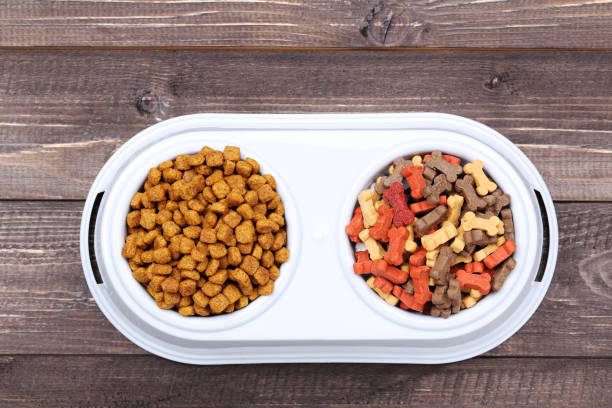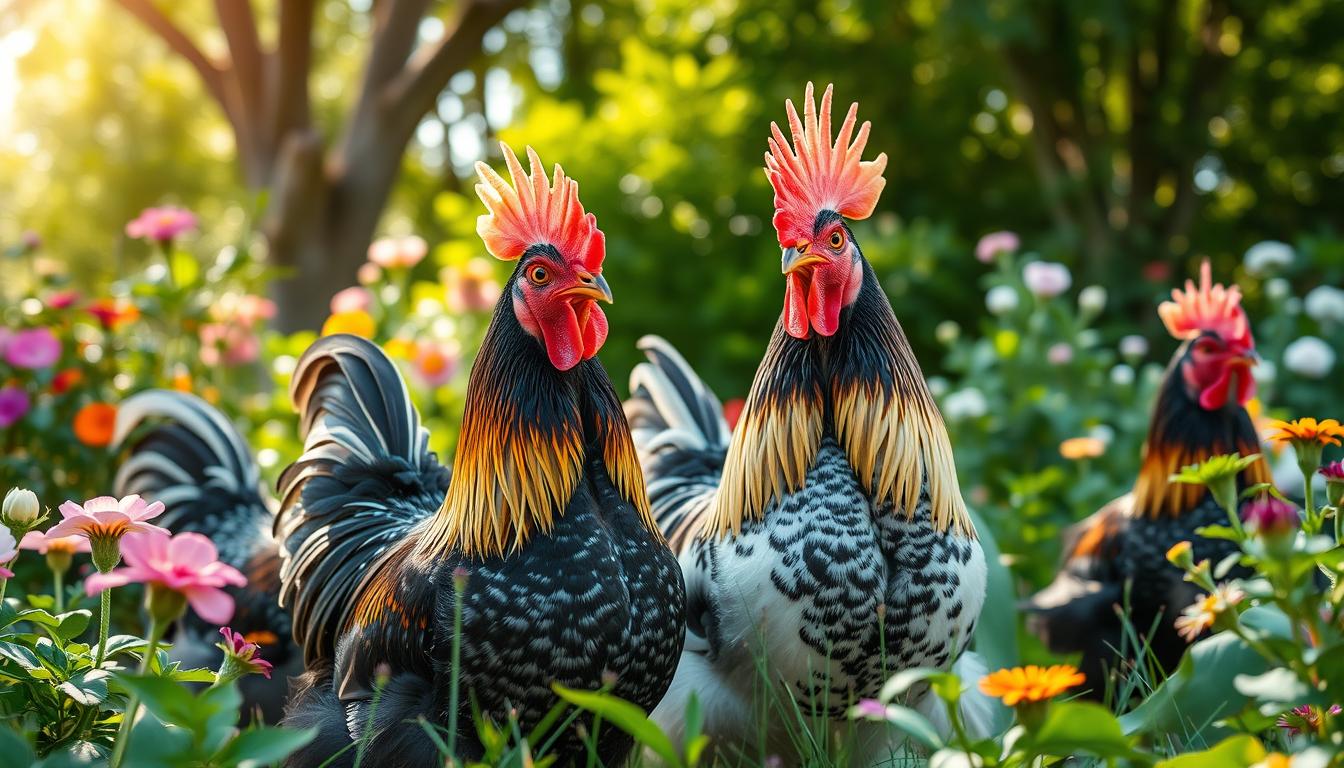The Ultimate Guide to Pet Food: What Every Pet Owner Needs to Know for a Healthier Furry Friend

Introduction
Choosing the right food for your pet is crucial, yet it can be challenging given the multitude of options available. In this ultimate guide, we’ll break down everything you need to know about pet food to ensure your furry friend gets the best nutrition possible. Whether you’re a new pet owner or a seasoned pro, understanding pet food can make a huge difference in your pet’s health and well-being.

1. Understanding Pet Food Labels
1.1 What to Look For in Pet Food Labels
Pet food labels can be confusing, but they provide essential information about the product’s quality and nutritional value. Here’s a breakdown:
The ingredients are ranked by weight, beginning with the one that weighs the most.
The first few ingredients are the primary components of the food. Look for named meats (like chicken or beef) rather than meat by-products.
Guaranteed Analysis: This section details the minimum levels of crude protein and fat and the maximum levels of crude fiber and moisture. This helps you compare the nutrient content across different brands.
Nutritional Adequacy Statement: This confirms whether the food meets the nutritional standards set by AAFCO (Association of American Feed Control Officials) for your pet’s life stage.
1.2 Deciphering Common Terms
Understanding common terms on pet food labels can help you make better choices:
Complete and Balanced: Indicates that the food provides all essential nutrients your pet needs.
Human-Grade: This means the ingredients are fit for human consumption, often suggesting higher quality.
Grain-Free: This term means that the food does not include grains. While beneficial for pets with grain sensitivities, it’s not necessarily better for all pets.
2. Types of Pet Food
2.1 Dry Food
Dry food, or kibble, is one of the most common types of pet food. Here’s why it might be a good choice:
Convenience: Dry food is easy to store and measure.
Dental Health: The crunchiness can help reduce tartar build-up.
Cost-Effective: Typically less expensive than wet food.
2.2 Wet Food
Wet food, or canned food, offers different benefits:
Flavor and Moisture: Often more palatable and can help keep your pet hydrated.
Digestibility: Easier on the stomach for pets with sensitive digestive systems.
Variety: Available in a wide range of flavors and textures.
2.3 Raw Food
Raw food diets, also known as BARF (Bones and Raw Food), mimic what animals would eat in the wild:
Nutrient-Rich: Can be high in natural nutrients.
Customizable: You can tailor the diet to your pet’s needs.
Care Required: Requires careful handling to prevent contamination and ensure a balanced diet.
2.4 Homemade Food
Making pet food at home gives you full control over the ingredients used.
Control: You know exactly what your pet is eating.
Customization: Can be tailored to address specific health concerns.
Preparation: Requires more time and effort to ensure nutritional balance.
3. Choosing the Right Pet Food for Your Pet’s Life Stage
3.1 Puppies and Kittens
Young pets have unique needs due to their rapid growth:

Higher Protein and Fat: They need more energy and nutrients.
Special Formulas: Look for foods specifically formulated for puppies or kittens.
3.2 Adult Pets
Adult pets need a well-rounded diet to stay healthy.
Maintenance Diet: Aimed at keeping them healthy and active.
Portion Control: Prevents obesity and maintains a healthy weight.
3.3 Senior Pets
Senior pets have different nutritional needs:
Joint Support: Foods may contain supplements like glucosamine.
Digestive Health: Easier-to-digest ingredients can be beneficial.
Reduced Calories: To prevent weight gain and support overall health.
4. Special Dietary Needs
4.1 Food Allergies and Sensitivities
If your pet experiences food allergies or sensitivities:
Limited Ingredient Diets: These contain fewer ingredients to reduce allergy risks.
Hypoallergenic Foods: Formulated to minimize allergic reactions.
4.2 Weight Management
Controlling your pet’s weight is vital for their overall health.
Low-Calorie Options: Available to help with weight loss.
Portion Control: Helps in maintaining a healthy weight.
4.3 Health Conditions
Certain health conditions may require specialized diets:
Diabetes: Foods with controlled carbohydrate levels.
Kidney Disease: Diets with reduced protein and phosphorus.
Arthritis: Foods with joint-supporting supplements.
5. How to Transition to a New Pet Food
5.1 Gradual Transition
Transitioning to a new pet food needs to be done step-by-step:
Begin Slowly: Combine a small portion of the new food with the existing food.
Gradually Increase: Slowly adjust the ratio, increasing the new food over the course of 7-10 days.
Monitor Your Pet’s Reaction: Keep an eye out for any digestive issues or behavioral changes.
Check for Issues: Look for diarrhea, vomiting, or changes in appetite.
Consult Your Vet: If issues persist, seek professional advice.
6. Common Myths About Pet Food
6.1 Grain-Free is Always Better
Grain-free diets are not necessarily better for all pets:
Nutritional Balance: Not all pets need to avoid grains.
Consult Your Vet: Determine if a grain-free diet is appropriate for your pet.
6.2 Expensive Food is Always Better
Price doesn’t always correlate with quality:
Focus on Ingredients: Look for high-quality, named ingredients rather than just the price.
7. Reading Between the Lines: What the Marketing Doesn’t Tell You
Marketing claims can be misleading:
Set a Budget: Determine what you can afford without compromising quality.
Compare Options: Look for good deals on high-quality brands.
8.2 Where to Buy Pet Food
You have several options for purchasing pet food:
Pet Stores: Offer a wide range of brands and types.
Online retailers offer convenience and frequently feature competitive pricing.
Veterinary Clinics: Useful for specialized or prescription diets.
Conclusion
Selecting the right food for your pet is a key component of their overall health and happiness. By understanding labels, recognizing the types of food, and addressing special dietary needs, you can make informed decisions that will benefit your furry friend. Always consider consulting with your veterinarian to ensure you’re meeting your pet’s specific nutritional requirements.
FAQs
1. How often should I feed my pet?
Feeding frequency depends on your pet’s age, size, and activity level. Consult your vet for a feeding schedule tailored to your pet.
2. Can I mix wet and dry food?
Yes, combining wet and dry food can provide a balanced diet and can be more appealing to some pets.
3. What should I do if my pet doesn’t like their new food?
Gradually transition to the new food and consult your vet to explore alternatives if necessary.
4. Are organic or natural pet foods better?
While organic or natural foods can be beneficial, they aren’t necessarily better for all pets. Focus on nutritional content and your pet’s specific needs.
5. How can I tell if a pet food is of high quality?
Look for foods with high-quality ingredients, named meat sources, and those that meet AAFCO standards.



